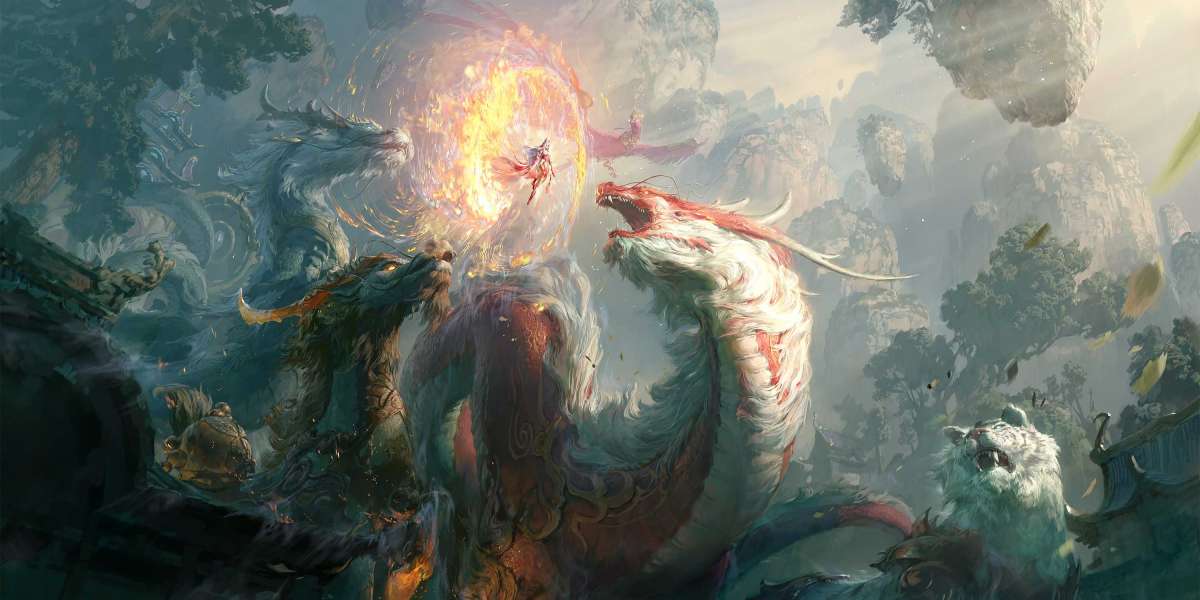In the spring of 1989, the world witnessed a pivotal moment in history unfold in Tiananmen Square, Beijing. What started as a peaceful student-led demonstration demanding political reform and freedom soon escalated into a pro-democracy movement that captured the attention of the entire globe. The event, known as the Tiananmen Square Protests, showcased the determination and unwavering spirit of thousands of students and citizens who were willing to risk everything for their ideals. The events that unfolded in May 1989 not only shook the foundations of the Chinese government but also left an indelible mark on the collective consciousness of the world.
As the month of May began, Tiananmen Square became the epicenter of what would soon become one of the largest and most influential pro-democracy movements in history. The initial trigger for the protests was the death of Hu Yaobang, a former Communist Party leader deemed sympathetic towards dissenting voices. Students, mourning his loss and fueled by frustration over government corruption and lack of political freedoms, gathered in the heart of Beijing to express their grievances.
What started as a peaceful sit-in soon gained momentum, with thousands of people joining the protest, transforming Tiananmen Square into a sea of voices clamoring for change. The protesters, predominantly university students, erected banners demanding political reform and an end to the widespread corruption plaguing the Chinese society. Their demands included freedom of speech, press, and assembly, as well as greater government accountability.
The atmosphere in Tiananmen Square was charged with hope and determination. Students took turns giving speeches, reciting poetry, and passionately pleading for their voices to be heard. The square became a symbol of their quest for freedom, their determination palpable in the air. People from all walks of life flocked to the protests, showing solidarity with the students, and their numbers swelled as the days went by.
However, as the movement gained momentum and attracted international attention, the Chinese government grew increasingly wary of the protesters' demands and the potential threat they posed to their authority. On the evening of June 3rd, the authorities made a fateful decision to forcibly disperse the demonstrators.
In the early hours of June 4th, the Chinese government deployed armed forces and heavily armored military vehicles to crush the protest. Chaos ensued as the military unleashed a violent crackdown. Many protesters were arrested, injured, or killed in the violent clash that unfolded. The true number of casualties remains uncertain due to the government's suppression of information surrounding the events that transpired.
The Tiananmen Square Protests left an indelible mark on history, representing a poignant struggle for individual rights and political reform in China. The brave actions of the protesters in 1989 symbolize the eternal longing for freedom and democracy that exists within societies around the world. Though the government's suppression was severe and the movement was quashed, the spirit of those who bravely stood up for their beliefs continues to inspire future generations yearning for a world where individuals are granted the right to voice their opinions without fear of retribution.



